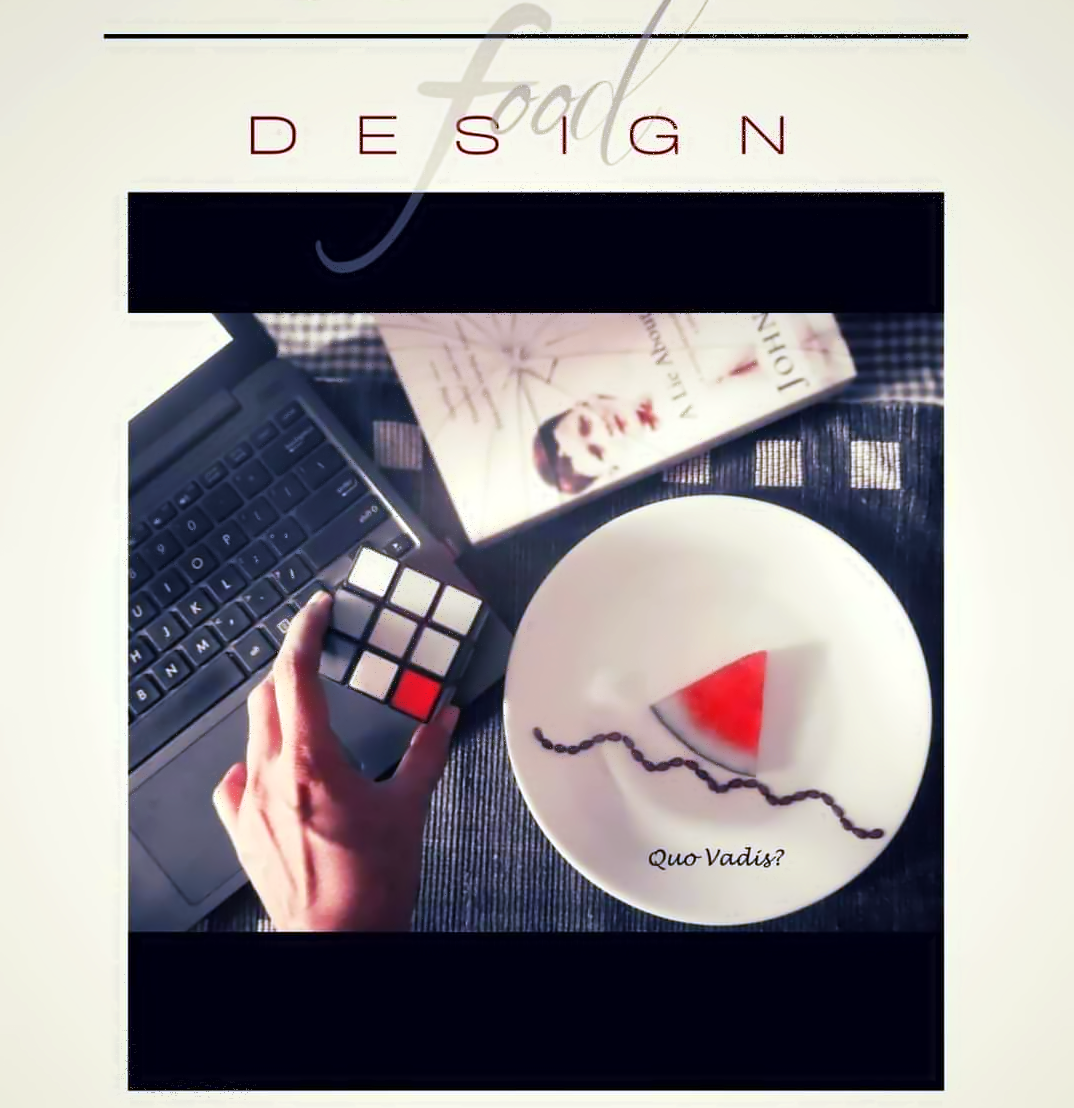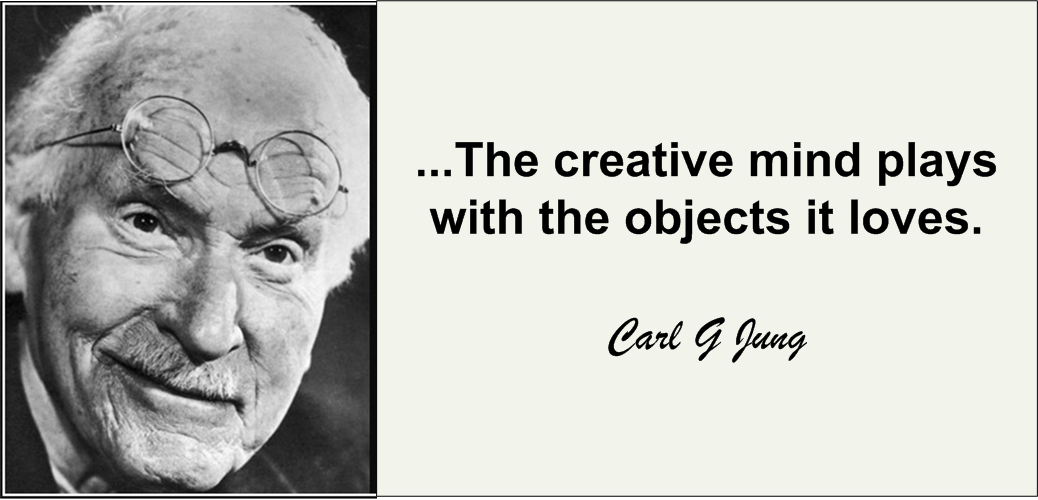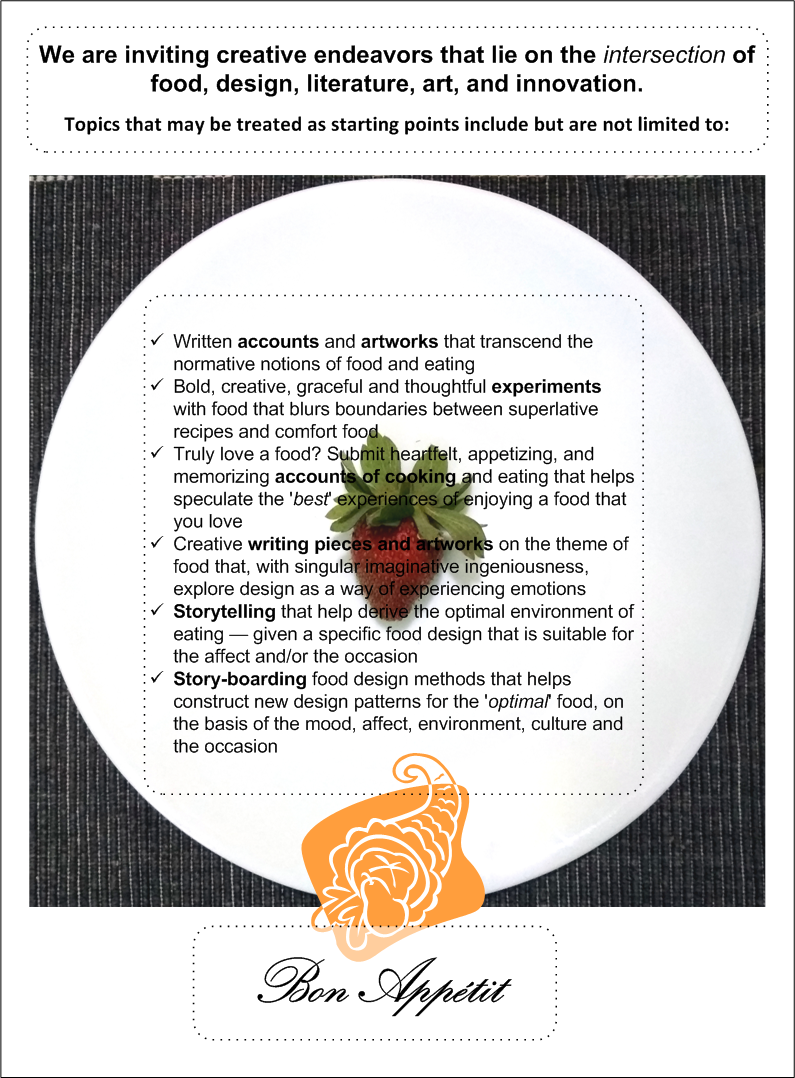
Food Design

Design & Food Design
The word Design has many facets, motifs, and meanings that are often nuanced, yet converging. Therefore, we have a simplified definition of Design — grounded expressions of human imagination that appeal to aesthetic senses besides being fairly utilitarian for a given scope. Understandably, in the scope of food and eating, Design is a finely amalgamated expression of our imaginations that typically merges the subtleties of art with the rationality of science. As such, we think that Food Design is an artistic way of expressing our imaginations through the application of grounded principles of the sciences of gastronomy while ingenuously embodying the various dimensions of food & eating.

Submission of Design: What We Are Looking for
We are inviting creative endeavors that lie on the intersection of food, design, literature, art, and innovation.
Topics that may be treated as starting points include but are not limited to:
- Written accounts and artworks that transcend the normative notions of food and eating
- Bold, creative, graceful, and thoughtful experiments with food that blur boundaries between superlative recipes and comfort food
- Truly love a food? Submit heartfelt, appetizing, and memorizing accounts of cooking and eating that helps speculate the ‘best‘ experiences of enjoying any food that you love
- Creative writing pieces and artworks on the theme of food that, with singular imaginative ingeniousness, explore design as a way of experiencing emotions
- Storytelling that help derive the optimal environment of eating — given a specific food design that is suitable for the affect and/or the occasion
- Story-boarding food design methods that help construct new design patterns for the ‘optimal‘ food, on the basis of mood, affect, environment, culture and occasion


Food Design Dimensions
The discipline of Food Design being a complex interplay of science, art and design, there could be several dimensions of Food Design aspects. However, there is no single widely accepted method or way that is standardized to capture all the dimensions of Food Design for the healthiest, tastiest, and most suitable dish. Therefore, for the sake of simplicity we attribute, for a given occasion, a set of eleven (11) dimensions that we think are pertinent to any complete Food Design and they are listed as below:
{ 1. Environment, 2. Affect/Mood, 3. Nutrition, 4. Taste Buds, 5. Portion (Appetizer, Main course, Dessert etc.), 6. Sequence of eating (Breakfast, Lunch, Brunch, Dinner etc.), 7. Genetics/Habits, 8. Religion/Culture, 9. Timing (24 hour clock), 10. Experience (pleasure), 11. Aesthetics (appetizing) }

Design Classes
As seen from the mapping of various food design dimensions (in the earlier section) in a 2-D plane of Qualitative and Quantitative design parameters, there remains an ambiguously open space for setting design goals for a given food design manifestation that ultimately adheres to a set of only a few reduced dimensions. Therefore, to disambiguate the potential unboundedness of a given Food Design manifestation we think that most Food Design efforts can be classified (into 7 categories) and positioned within a 3-Dimensional Euclidean Space defined by the 3 axis:
{ 1. Hunger/Experience, 2. Nutrition, 3. Flavor }

Although, a transposition of the 11 dimensions of Food Design into a 3-D Euclidean Space could manifest several classes of food design in the given vector space [hunger/experience, nutrition, flavor], for the given scope of Amaranth Journal, we think that the consolidation of the said space into seven (7) design classes is optimal at this point of time. Therefore, the Seven (7) Classes of Design that we are more interested in and are keen on publishing in our current (as well as potentially in forthcoming issues) are listed as below:
- Decorative Food Design
- Cooking at Scale
- Adventure Cooking
- Cooking in Nature
- Cooking for Survival
- Reductionist Food Design (e.g. Egg-less Cake, Flour-less cake etc.)
- Wellness Food Design (e.g. Diet food, Keto, Vegan, Sattvic, Sports meal etc.)
Design <Manifestations>
We understand that, Design is a fruition of imaginations within constraints to artistically create an artifact for a given scope. Thus, we prefer simplicity over clutter and elegance over needless grandeur!
However, in being a fine balance between the freedom of an artist and the discipline of a scientist, a Food Design manifestation needs a degree of fluidity in its expressions. Hence, we, at Amaranth Journal, don’t have any rigidly specific rules for acceptable submission in the category of Food Design, except for that each <Manifestation> submitted to our journal’s FOOD DESIGN segment should ordinarily and automatically reveal a succinct technical process upon which the corresponding Food Design was manifested. It is however noteworthy that the notion of “technical process” underlying a Food Design manifestation is different from the involvement of technological tools and methods, but rather it refers to the aspect of a design goal that strives to solve or address some kind of problem or issue typically inherent in the process of gastronomical transformations. An example of such kind of “problem” or “issue” could be: – a particular kind of food preparation recipe produces a food item that is very high in Flavor but very low in Nutrition apart from being not so appetizing visually. For the sake of clarity we have provided below the blueprint of a Typical Design Process and a few Typical Design Artifacts that we think are good fit for the current as well as forthcoming issues of Amaranth Journal.
Additionally, we have provided a template for a Typical Design Outline (see below) that has organically distilled the underlying complexities of mapping design considerations (dimensions and classes) into a more formal construct of a Food Design process, that we think, can be intuitively captured in a given design manifestation. This, of course, does not mean that there can’t be any other variant of these typified design process and artifacts. As long as the submitted Design manifestation has autonomically revealed an underlying technical process and have achieved or exceeded our expectations around simplicity and elegance, we will give it a very serious consideration for publication in our current or forthcoming issues.
Typical Design Process

Typical Design Artifacts

Typical Design Outline

Examples of Food Design
Kaiseki is a Japanese celebration of seasons
Russian Grandma’s Pickled Tomatoes
HOW TO MAKE CAVIAR
Shizimo – Bread Baked In Pebbles!
Automatic cooking like you’ve never seen before!
Decorative Food Design
camilla wordie combines food and fabric to create edible textiles
Cooking at Scale
Adventure Cooking
Cooking in Nature
Cooking for Survival
Reductionist Food Design
Wellness Food Design
What is NOT the right Food Design Submission to Amaranth Journal?
In the earlier sections of this note we focused on what is food design and what are the possibilities of food design with examples and explanations (wherever applicable).
However, given the openness of the subject (of Food Design) we think it is also appropriate to briefly explain here about what might be someway related to the broader discipline of Food Design, but still might not be a good fit for a publication in Amaranth Journal. As such, we like all designs that are related to Food (and eating), but we have certain qualifications for potential publication in our journal that excludes the following:
- Design manifestations that either lack artistic subjectivity or an underlying technical process. A fine balance of subjectivity and objectivity is a MUST.
- Design manifestations that are related to Future Foods such as Artificial or Cultured Meat.
- Design manifestations that are related to food preservation and processing, except pickling techniques.
For any additional clarity regarding what could be a potentially good submission for publication in the Food Design segment of Amaranth Journal of Food Writing and Art, please feel free to get in touch with TeamAmaranth @ contact@amaranthjournal.com or submissions@amaranthjournal.com.
Here are a few other standardized definitions of Food Design:
https://www.pinchfooddesign.com
https://fooddesign.stanford.edu/research
https://www.mdpi.com/2304-8158/10/2/354
https://www.intothefood.eu/en/food-eating-design/what-is-food-design/